TRAVEL
Karoo Roads II, a visual journey
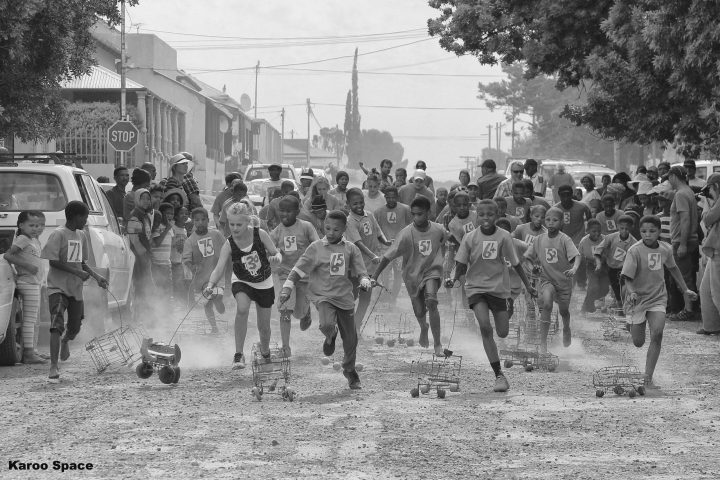
Karoo Roads II is the sequel to the popular Karoo Roads I book of travels, encounters, slices of history and adventures in the Heartland of South Africa.
All images by Chris Marais.
Most of our stories were gathered during the current eight-year drought. They’re often about people thriving in a time of weather crisis and pandemic, lifting their communities through dance culture, creativity and Christmas kindness.
The book will take you travelling, from the diamond deserts around Alexander Bay to the quiver tree forests of the Northern Cape, from the flooding Orange River past Kakamas to a sunrise stroll around a Karoo graveyard, from circus lion days in Aberdeen to a furious wire car Grand Prix in Philipstown.
Other stories in Karoo Roads II deliver the insider facts: why does the Great Fish River flow nearly all year round; where are the massive herds of trekbokke that used to take days to cross the horizon, what goes on at a Merino ram auction, what’s the skinny on Karoo tequila, where do those beehive-shaped corbelled houses come from and are there really UFOs flying around our night skies?
Here, in a short, sharp photo essay, is a taste of what’s inside our new book.
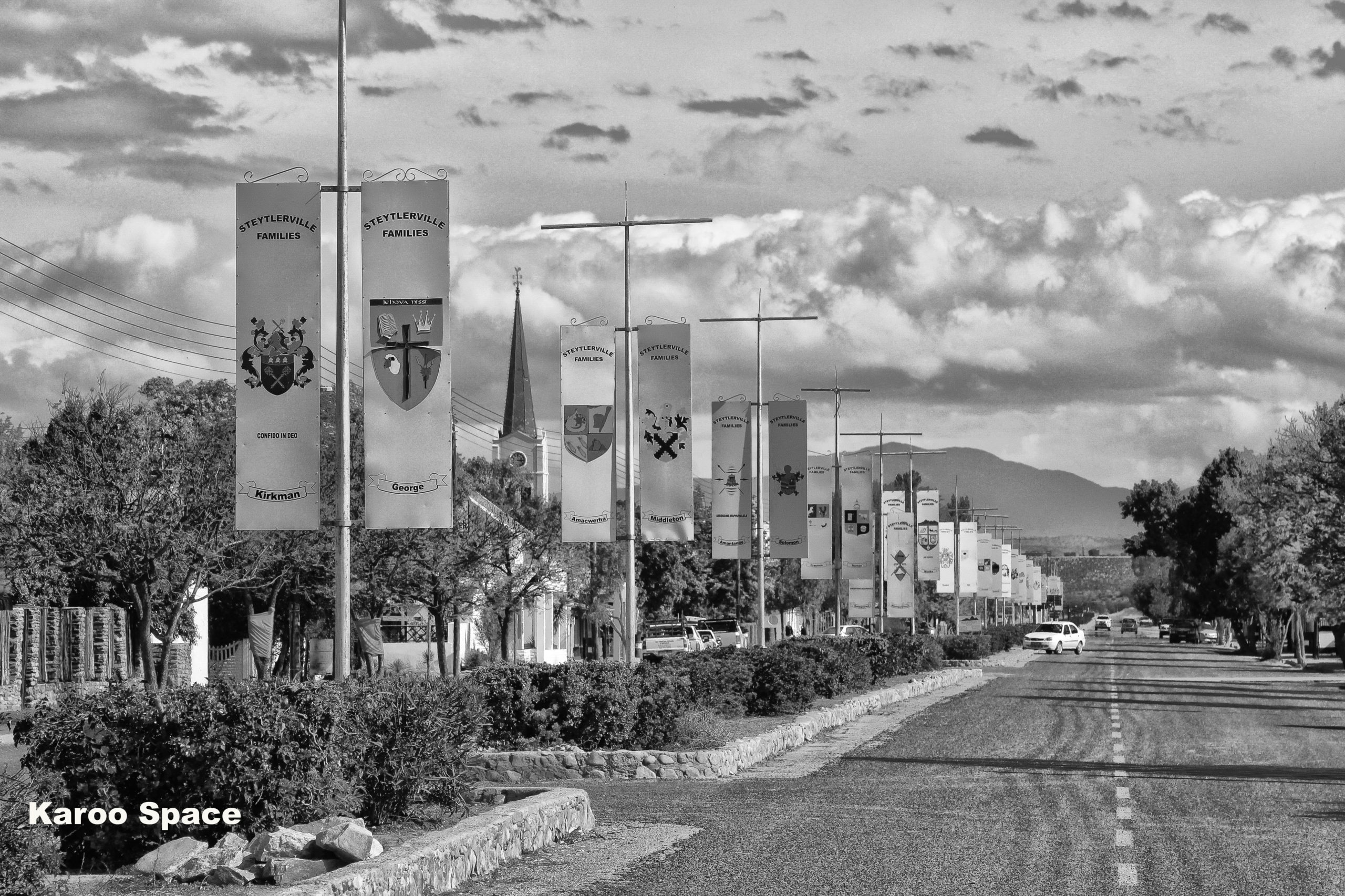
The main street of Steytlerville, Eastern Cape Karoo, is lined with bougainvillea and the family crests of the communities who live here. It was the first street in the world to be festooned with family heralds.
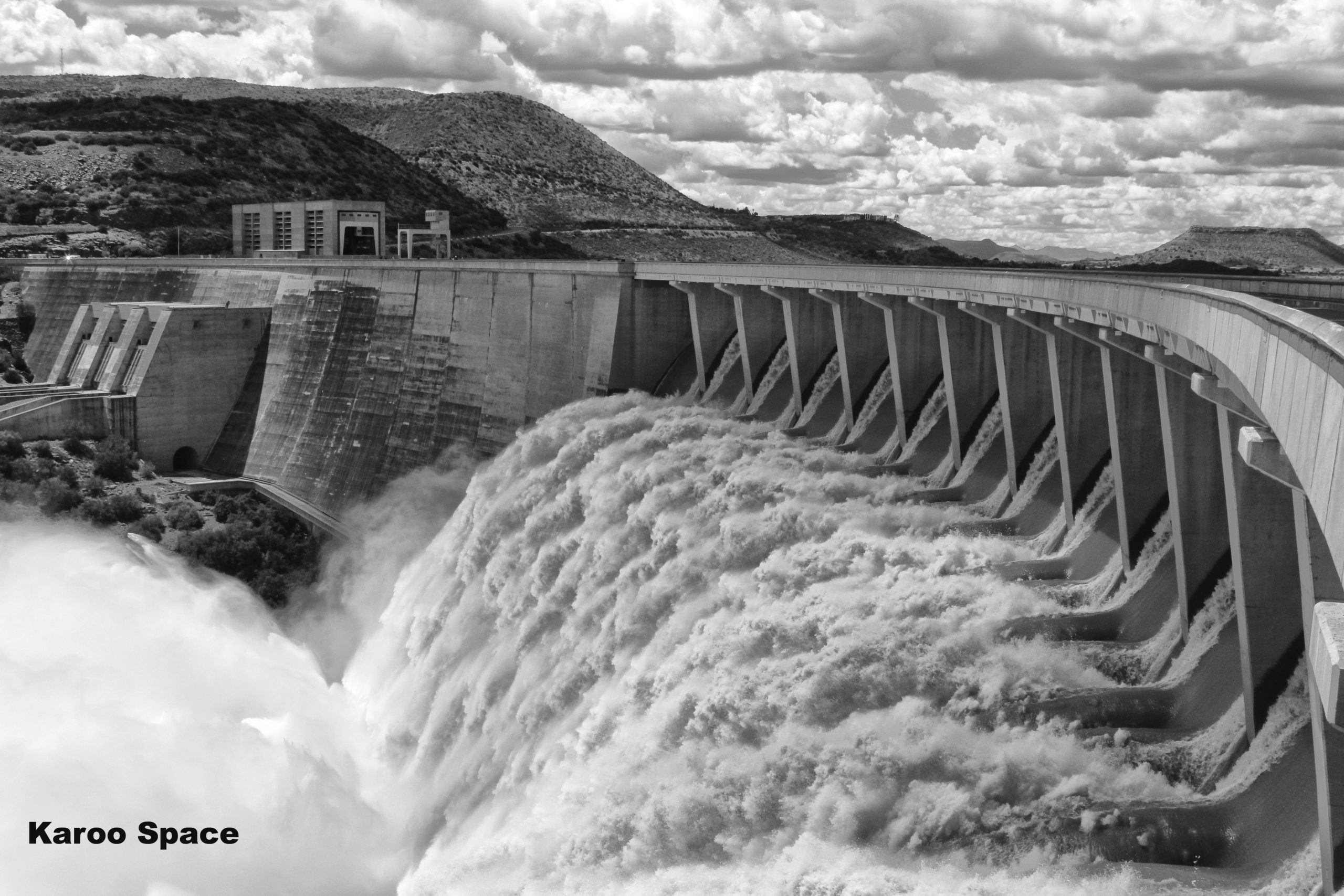
Following the floods of January, 2011 – The Gariep Dam at a majestic 115 percent capacity, sluices open and wall vibrating, sending its water mass westwards through the deserts of the Kalahari.

Northern Cape quiver tree forest outside Kenhardt – massive succulents that have withstood decades of drought and extreme temperatures. When water-stressed, they survive by ‘amputating’ some of their branches.
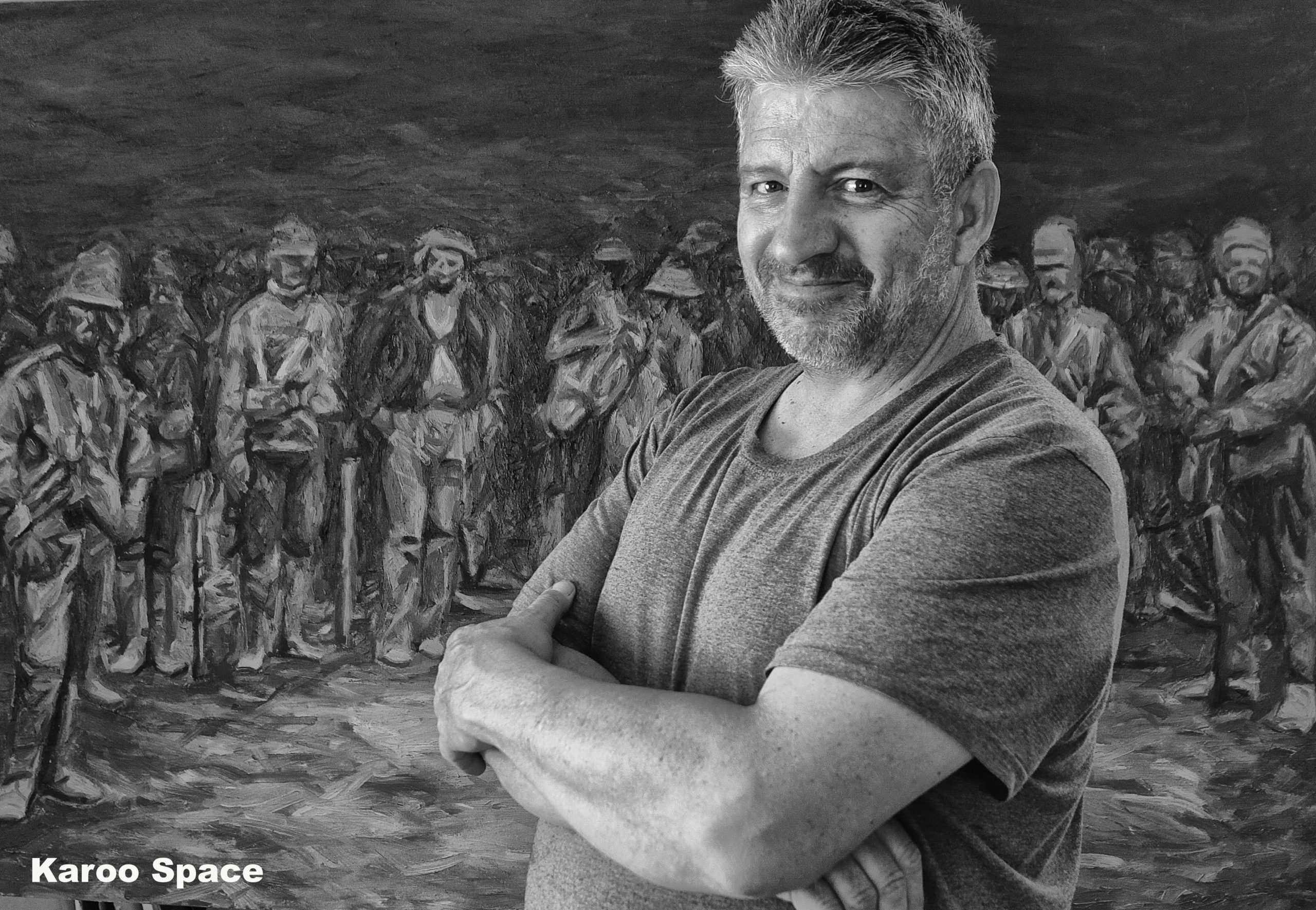
The Anglo-Boer War is one of the themes explored by Prince Albert artist Cobus van Bosch, a member of the Open Studios concept in the Western Cape Karoo village.
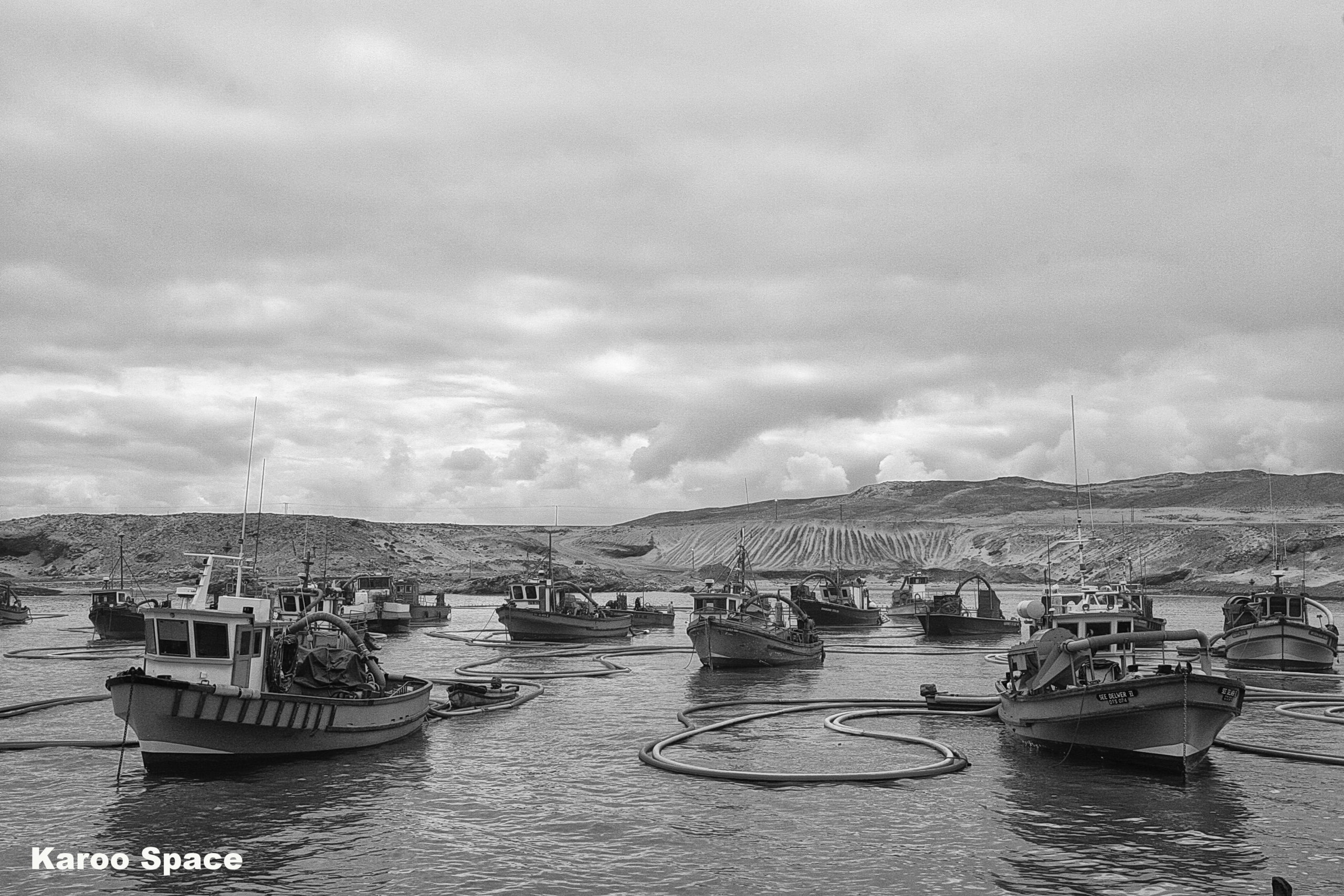
Diamond diving boats moored in Alexander Bay Harbour in September 2005. Nearly a century of onshore and offshore diamond mining has left the landscape bleak but full of legends.
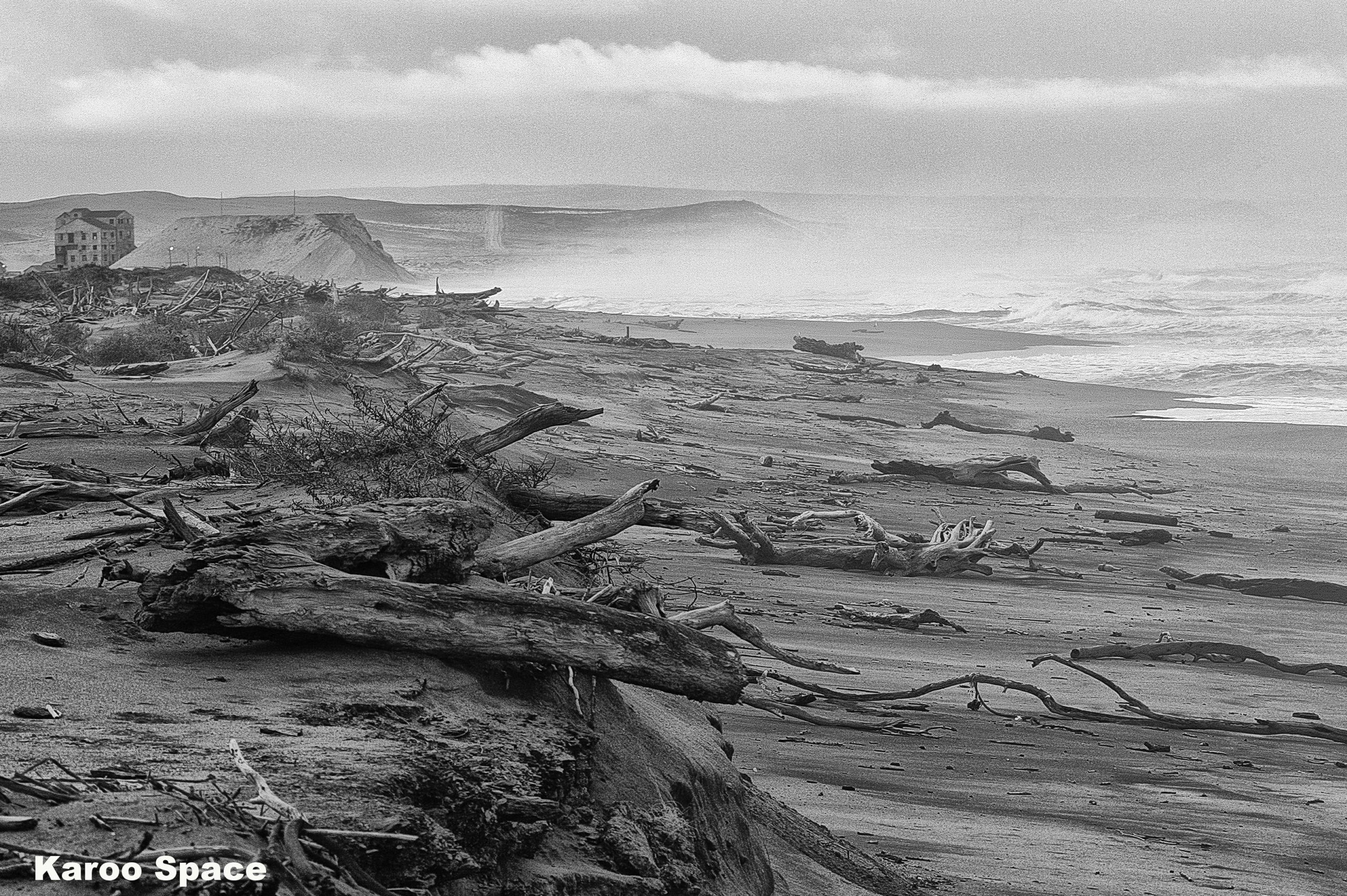
The beach near the Orange River mouth at Alexander Bay – a dystopian driftwood scene, complete with abandoned buildings and misty shoreline.

A disused corbelled house on Brownslaagte Farm outside Williston, Northern Cape, with an old horse cart from a century ago. Although the style is said to come from Europe, the locals of Khoikhoi descent became experts at building a corbelled house.
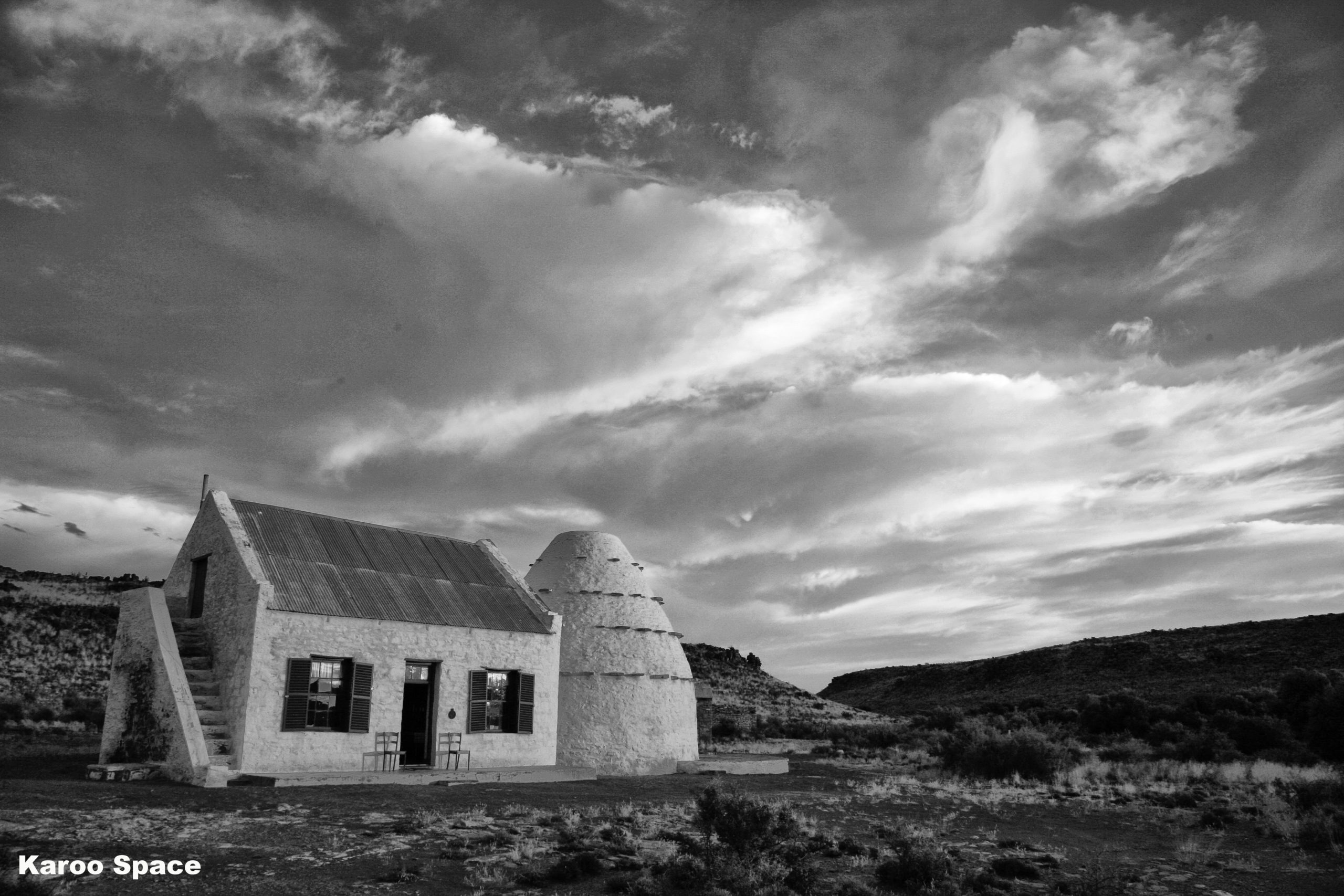
Stuurmansfontein Corbelled Guest House outside Carnarvon is one of the finest examples of this unique stone style of building, in a land where trees were in short supply when the trekboers settled here.
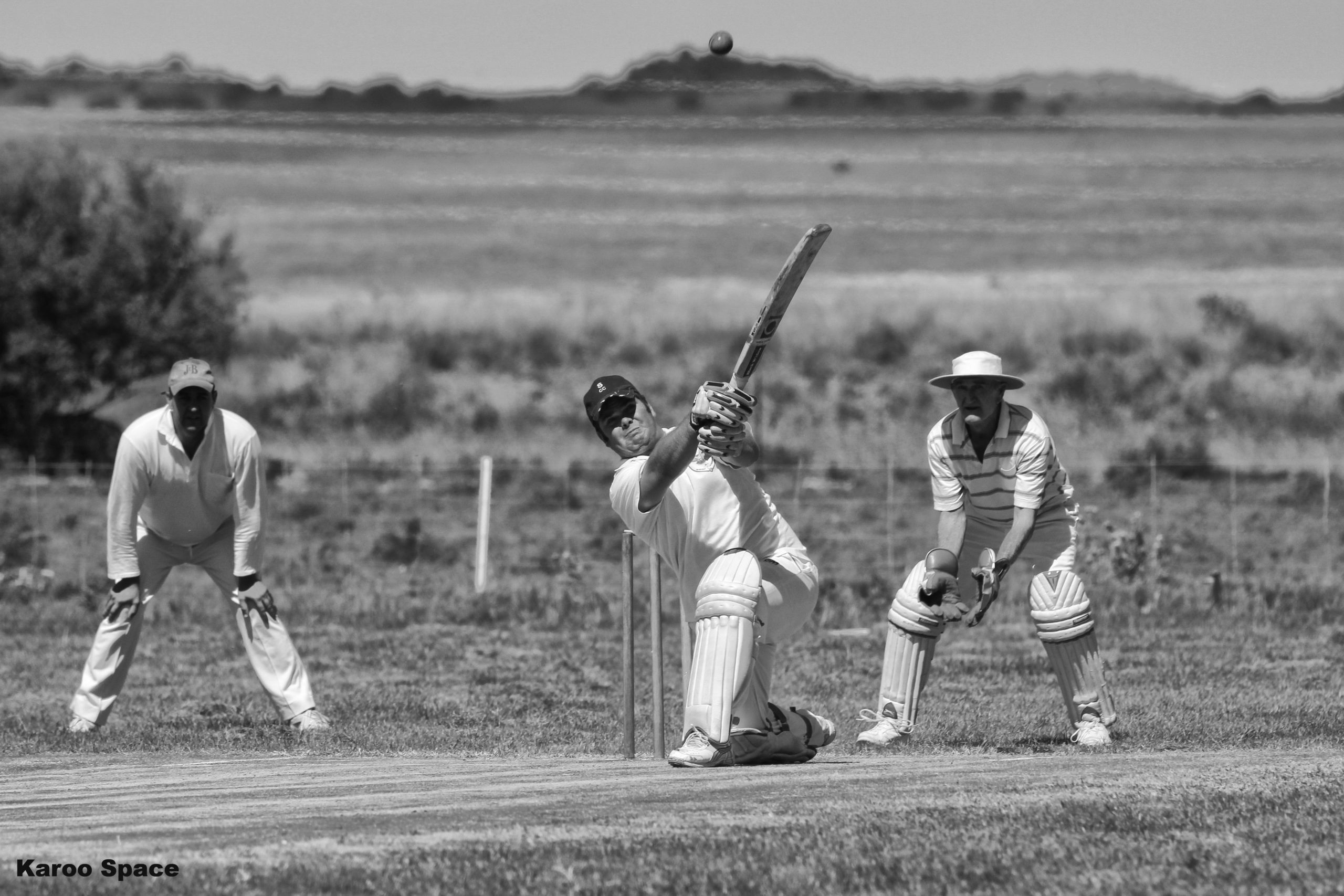
Stephen de Swardt hoicks a six for Springfontein as Colesberg looks on in awe – Karoo farm cricket at Prior Grange in the southern Free State.
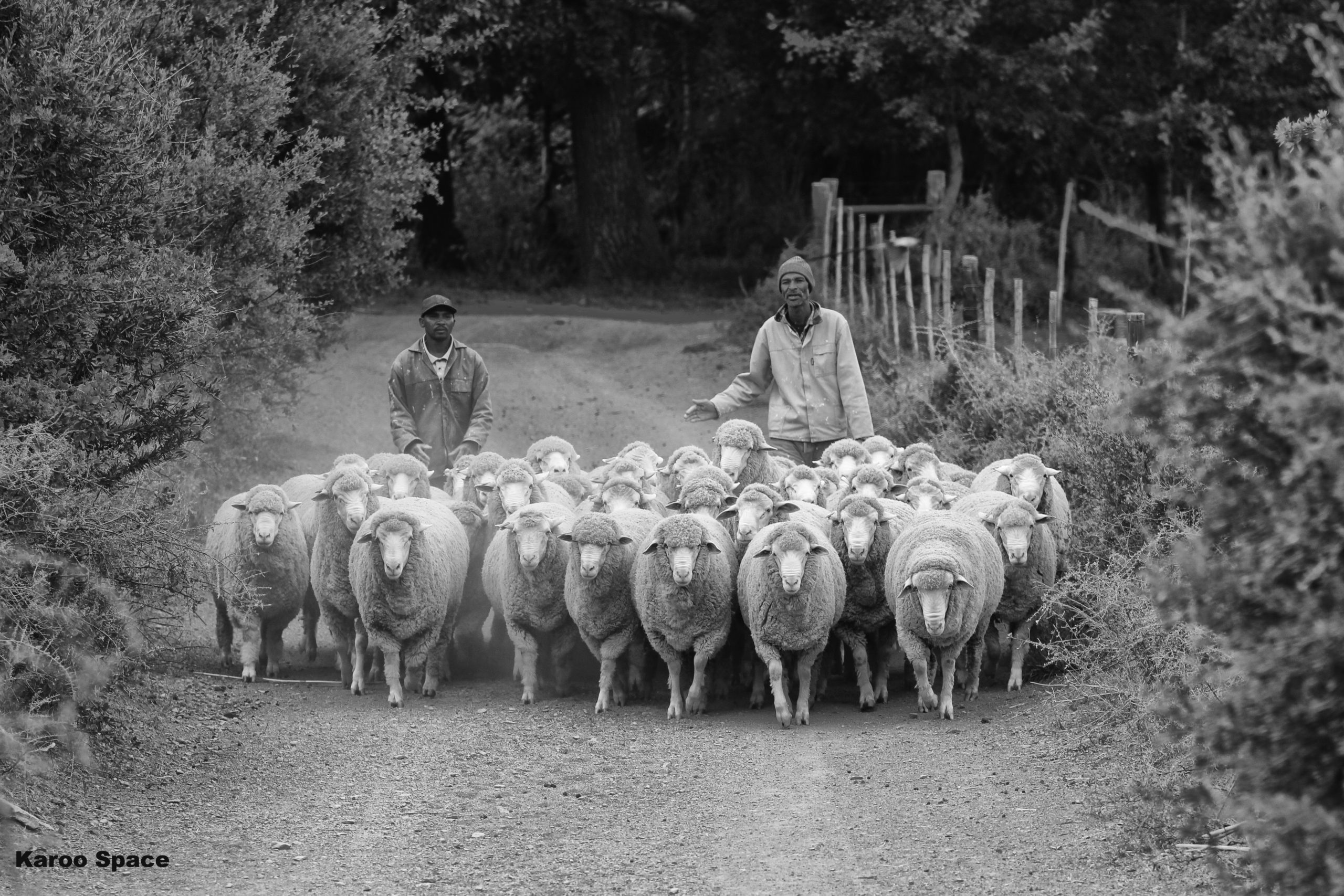
Gently herding a flock of Merinos to the shearing shed at Ganora Farm outside Nieu-Bethesda in the Karoo Heartland. The clipped and baled wool is sent to China and the fine textile industries of Italy and Japan.
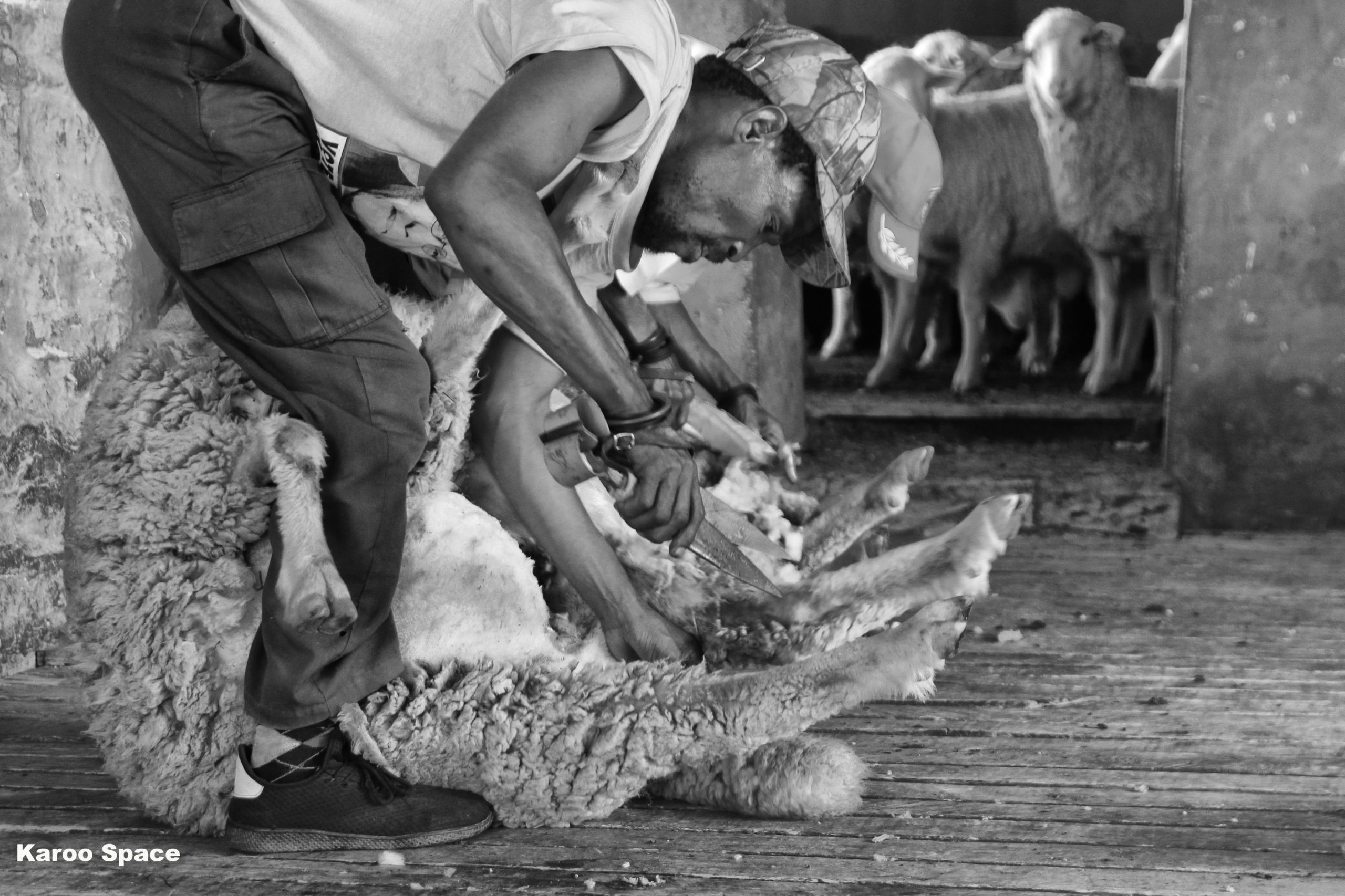
Deep in the shearing shed at Hanglip Farm outside Colesberg, Northern Cape. Most of the shearers hail from Lesotho and the mountainlands of the Eastern Cape – and they are world-class.
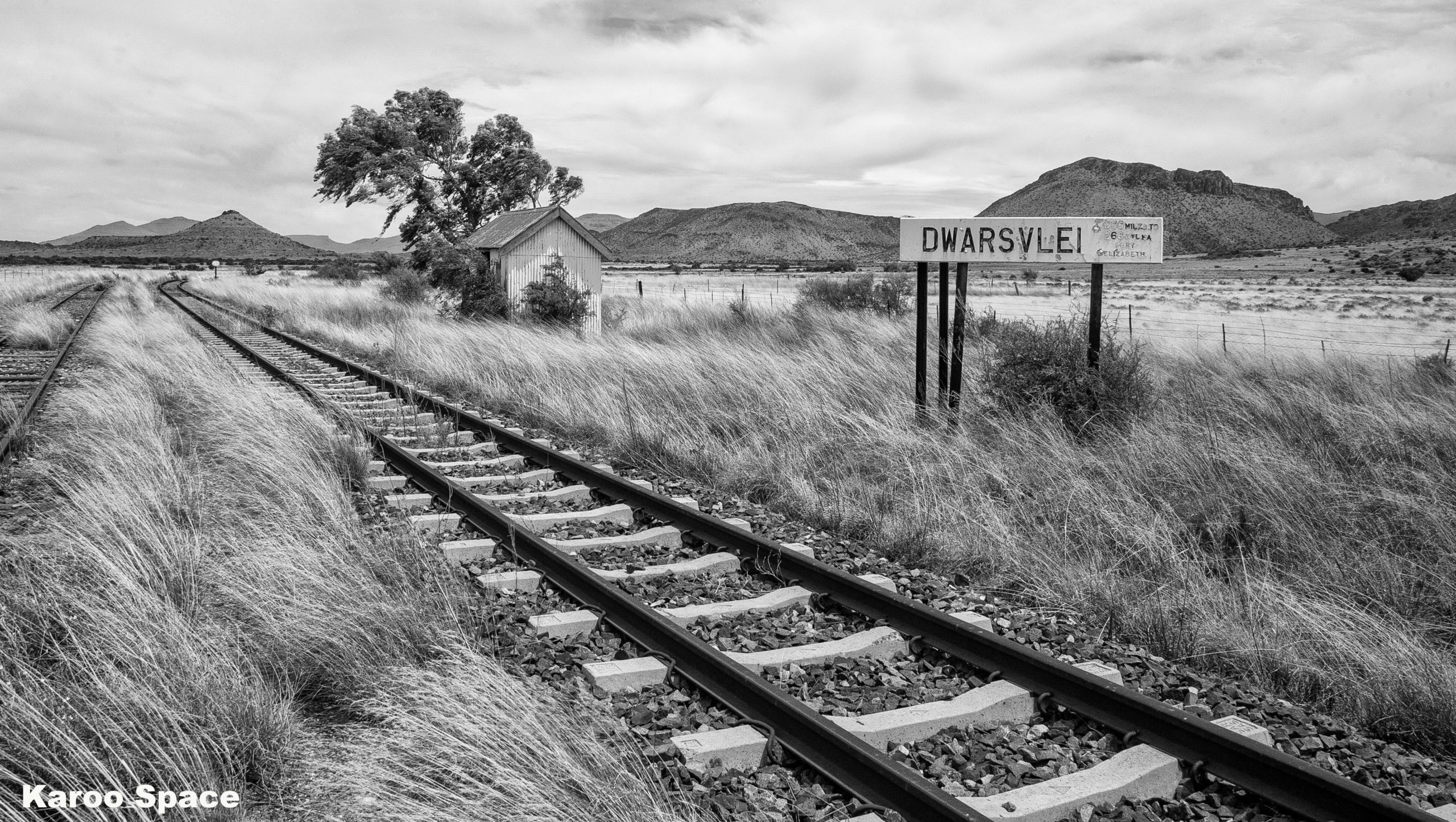
Dwarsvlei Siding outside Middelburg, Eastern Cape Karoo – once part of a rail link that was heavily guarded by Colonial troops during the Anglo-Boer War.
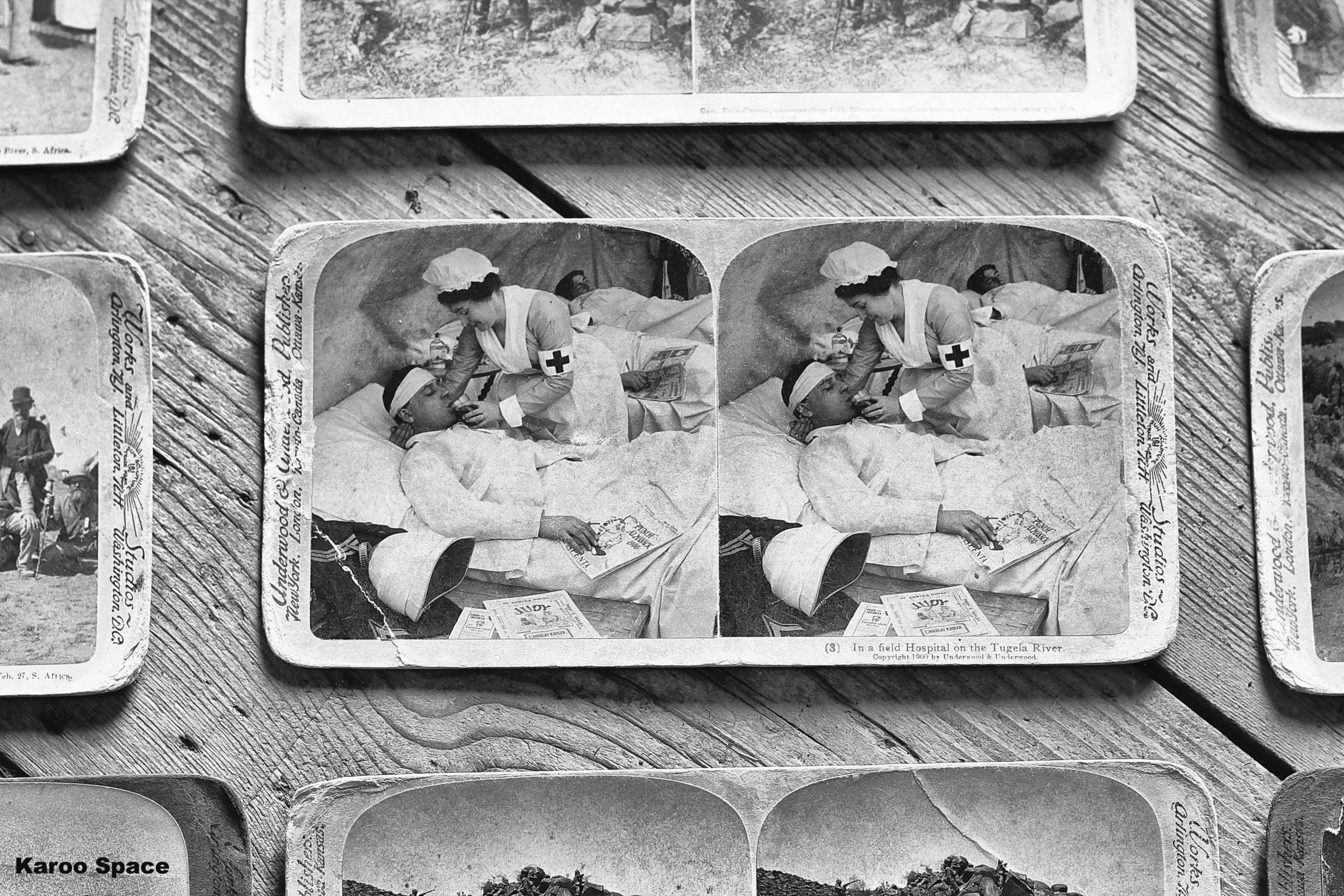
One of the rare stereoscopic images in the Burgersdorp Museum showing visual outtakes from the Anglo-Boer War: a nurse tending to a wounded soldier at the field hospital.
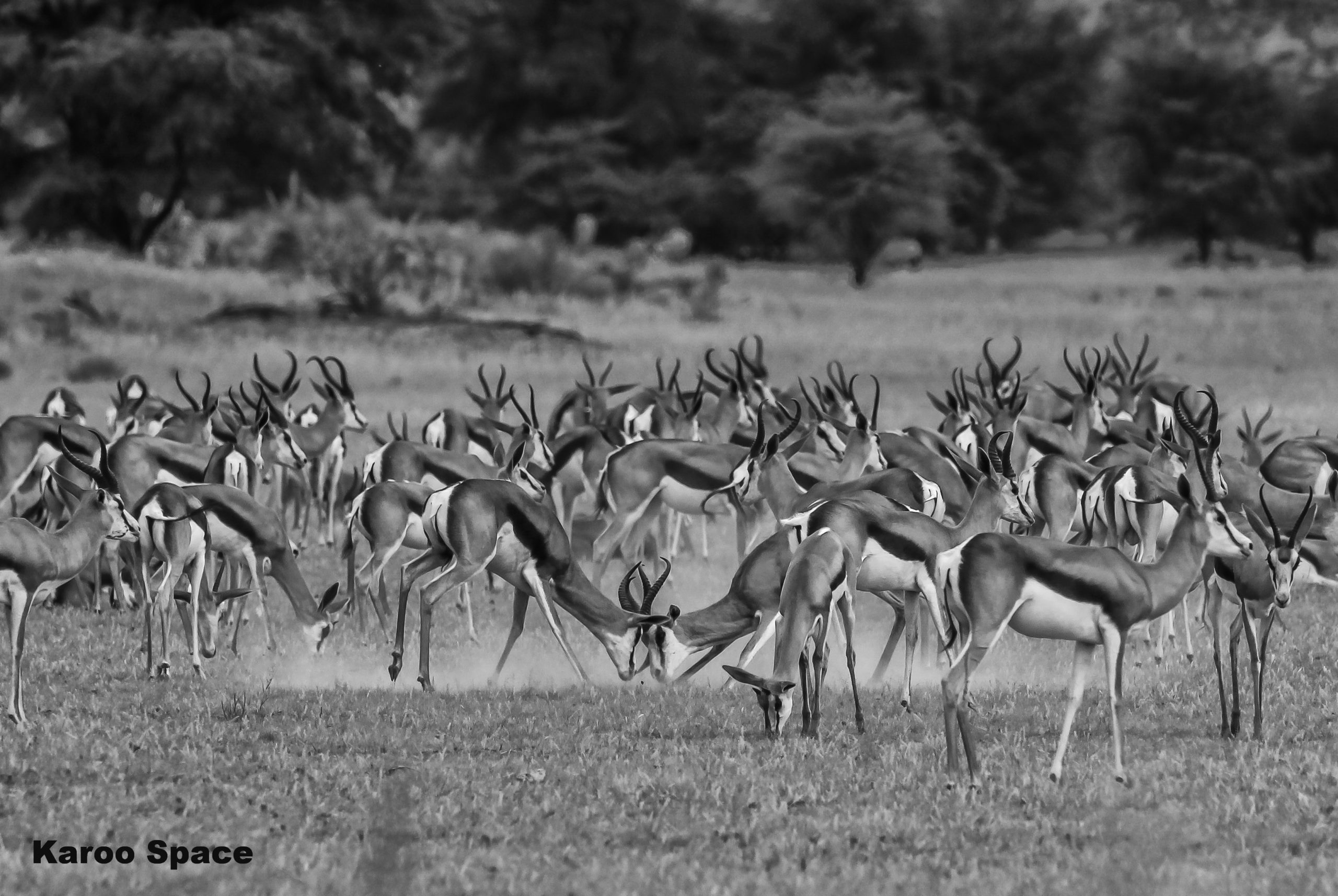
Jousting (mating) season for springbok rams in the Kalahari, where once millions of trekbokke crossed the horizon in scenes that rivalled the classic migrations of East Africa.
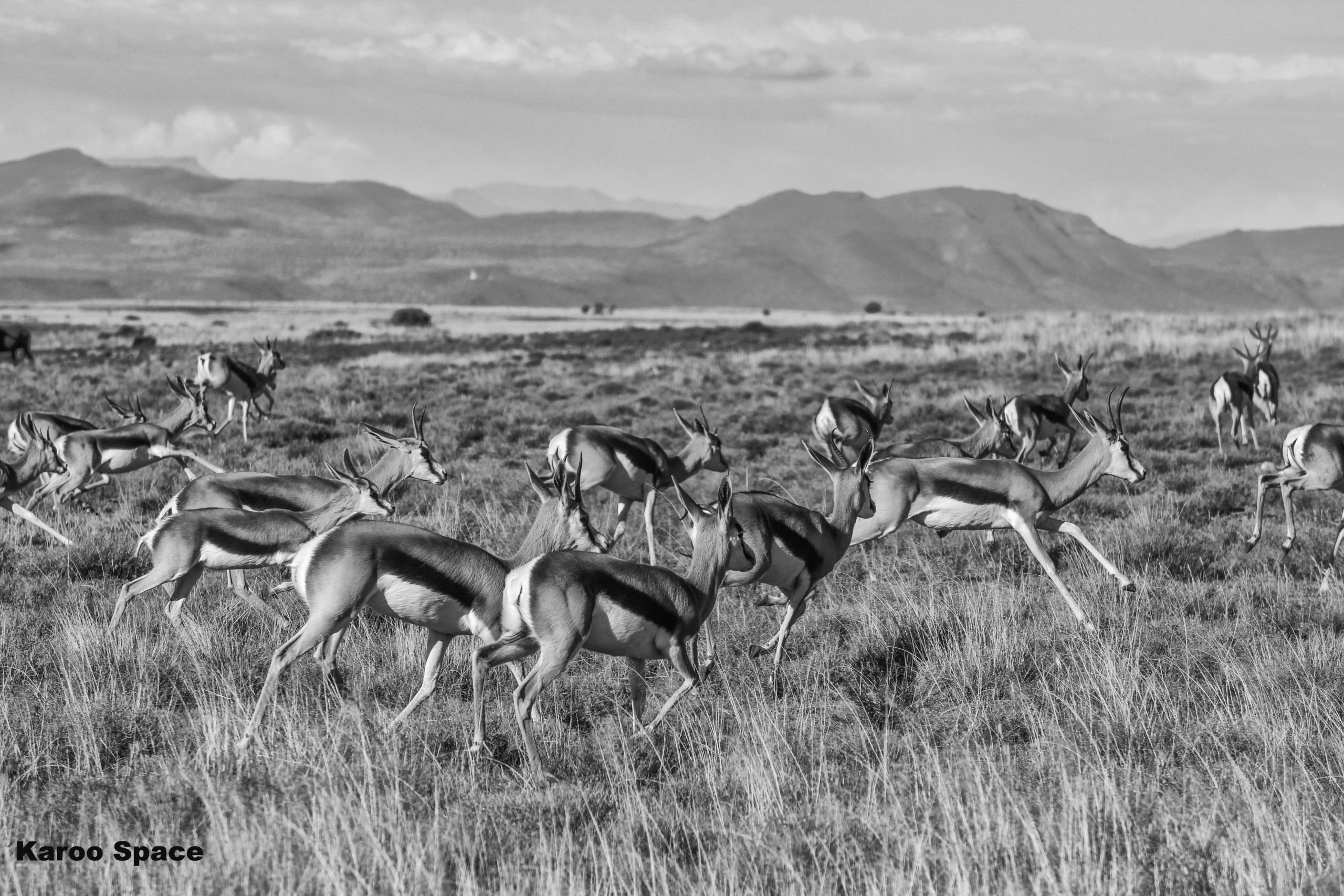
Springbok on the move on the Rooiplaat Plateau in the Mountain Zebra National Park outside Cradock, Eastern Cape Karoo. Cronwright Schreiner, the husband of legendary local Olive, studied the mass migrations of trekbokke in the late 19th century.

The Cradock cemetery on a misty morning. If you listen to the locals, dig around a bit, you will find that a Karoo graveyard is full of explorers, nuns, soldiers and, in this case, one Harry Potter.

Pella Cathedral in a date oasis outside Pofadder, Northern Cape. It was built by French missionaries who went through some serious ‘on the job’ training. The sandy-toned cathedral is a tribute to the order of St Francis de Sales who, incidentally, is the patron saint of writers.
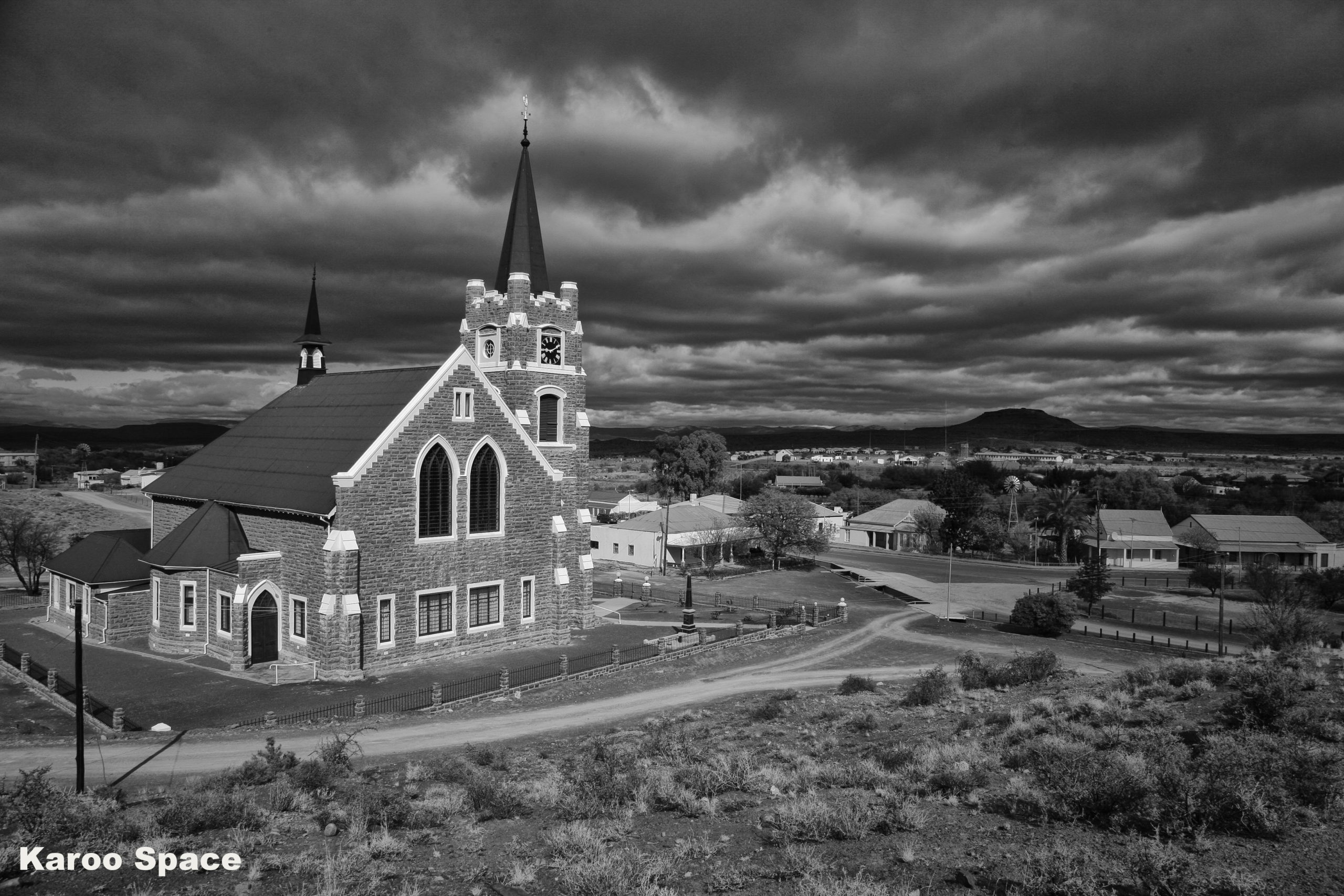
The Merweville Moederkerk (Mother Church) in the Western Cape Karoo was said to be built out of stone from Beaufort West and wood from a ship that sank off the Cape coast.

The former tequila (sorry, agave spirit) factory outside Graaff-Reinet once housed these massive distillery tanks that produced export-quality liquor, much of it to Australia where they mixed it into an ‘Outback cooler cocktail’.
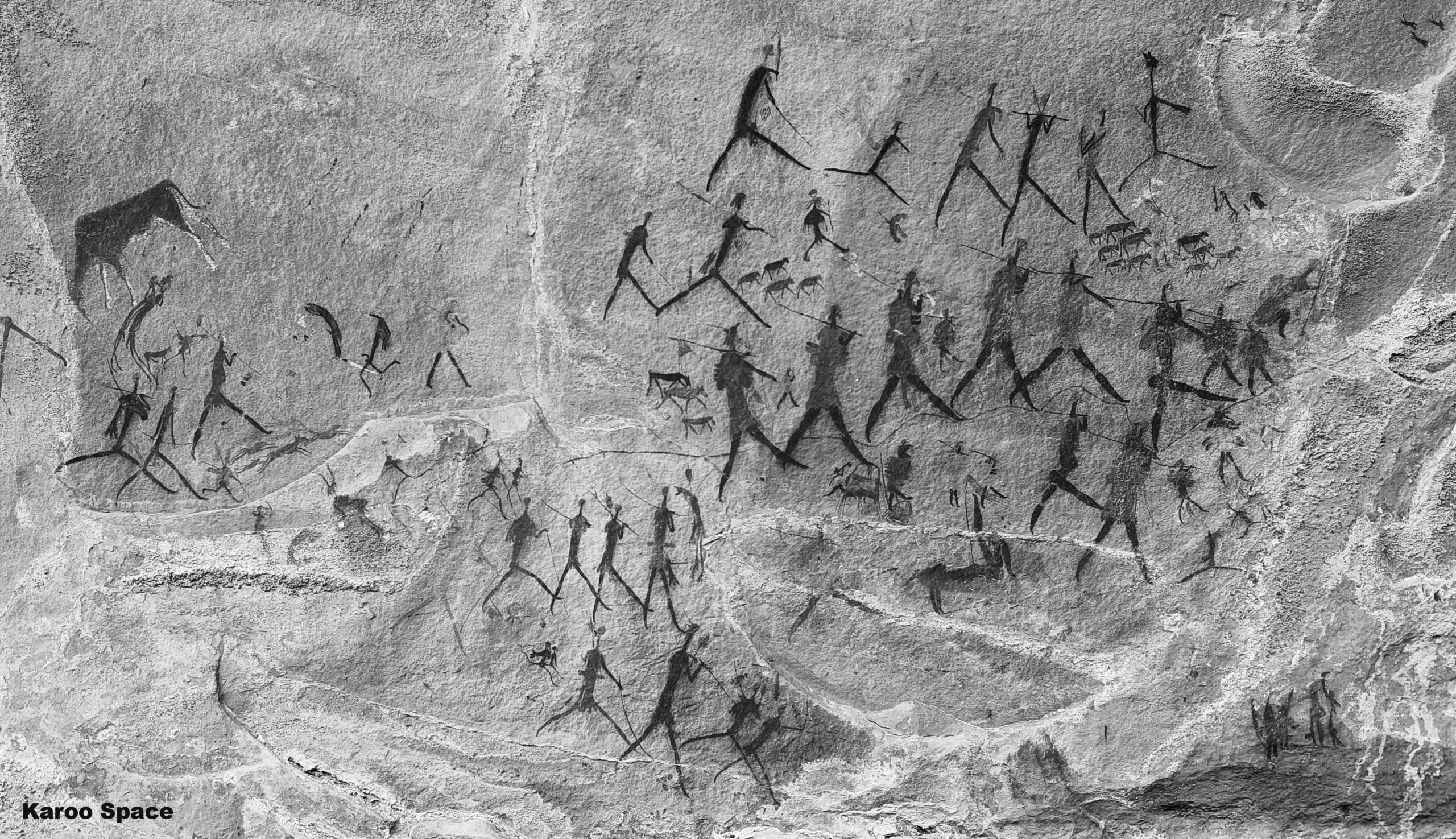
The People on the Move tableau in the Cave of the Dog at Leliekloof Farm between Jamestown and Burgersdorp is one of the San artworks that inspired the late Walter Battiss to call this place ‘The Valley of Art’.
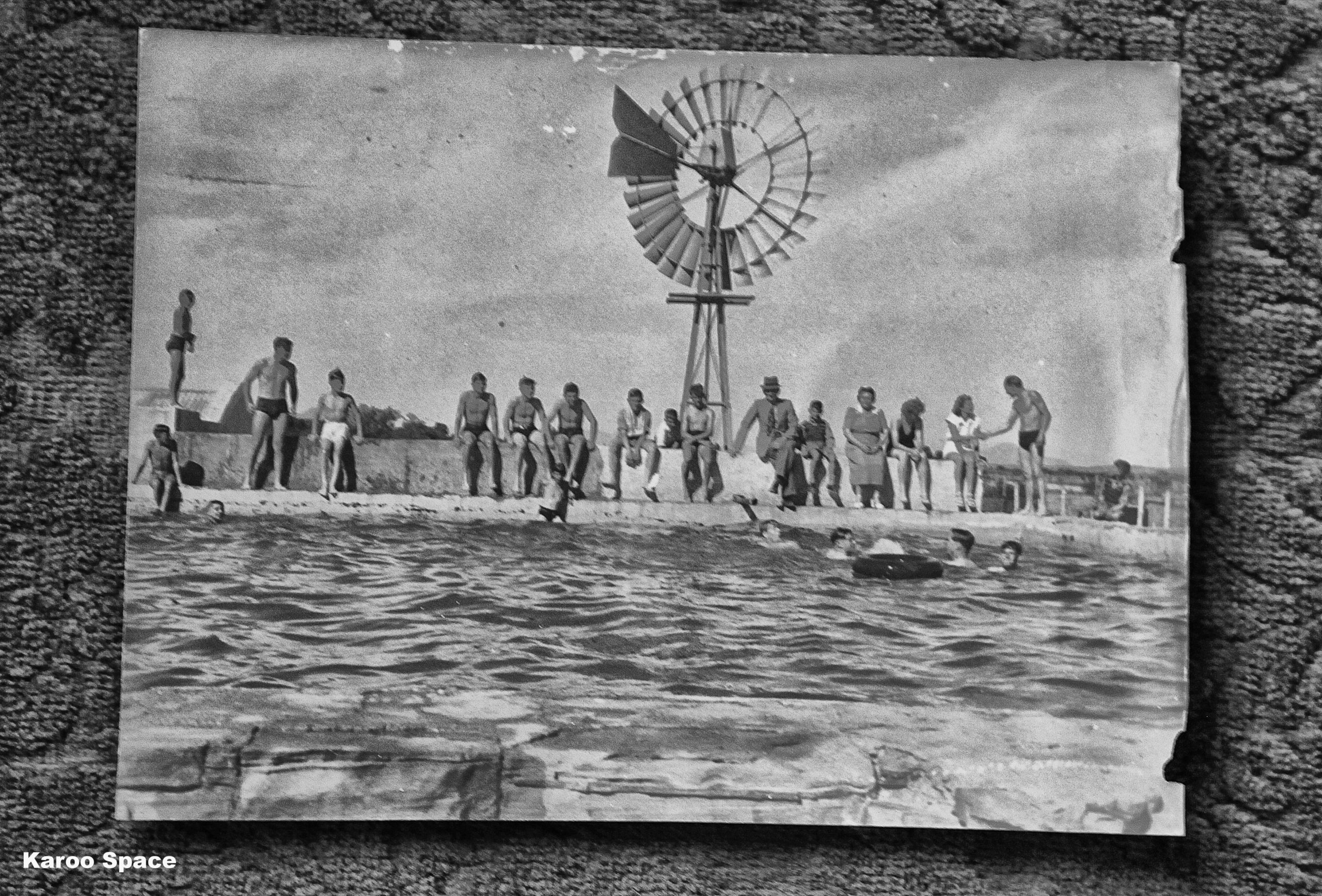
The old Tiekie Dam in Aberdeen, Eastern Cape Karoo, which was curiously situated near the local lion enclosure, which made for exciting times when the occasional big cat escaped.
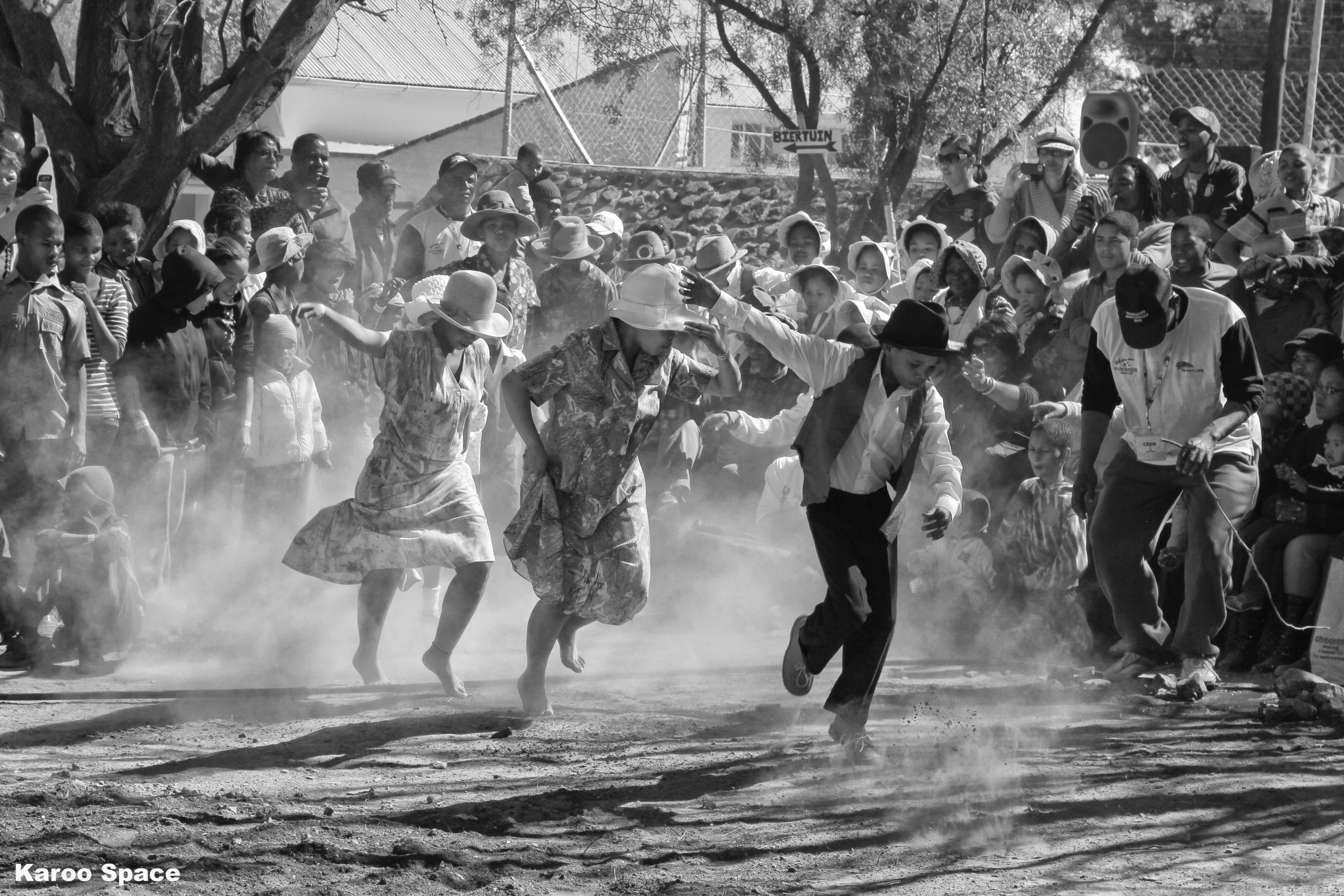
Nama Riel dancers make a dusty entrance into the competition arena during the Williston Winter Festival of 2011, when the local community were the stars of the show.

The last Williston Winter Festival, held in 2018, was hailed as the ‘finest cultural event in the Karoo’. Sadly, there hasn’t been one since. DM/ML
These images appear in Karoo Roads II – More Stories from the Heartland by Julienne du Toit and Chris Marais. For first-edition, author-signed copies of the book, please contact Julienne at [email protected]
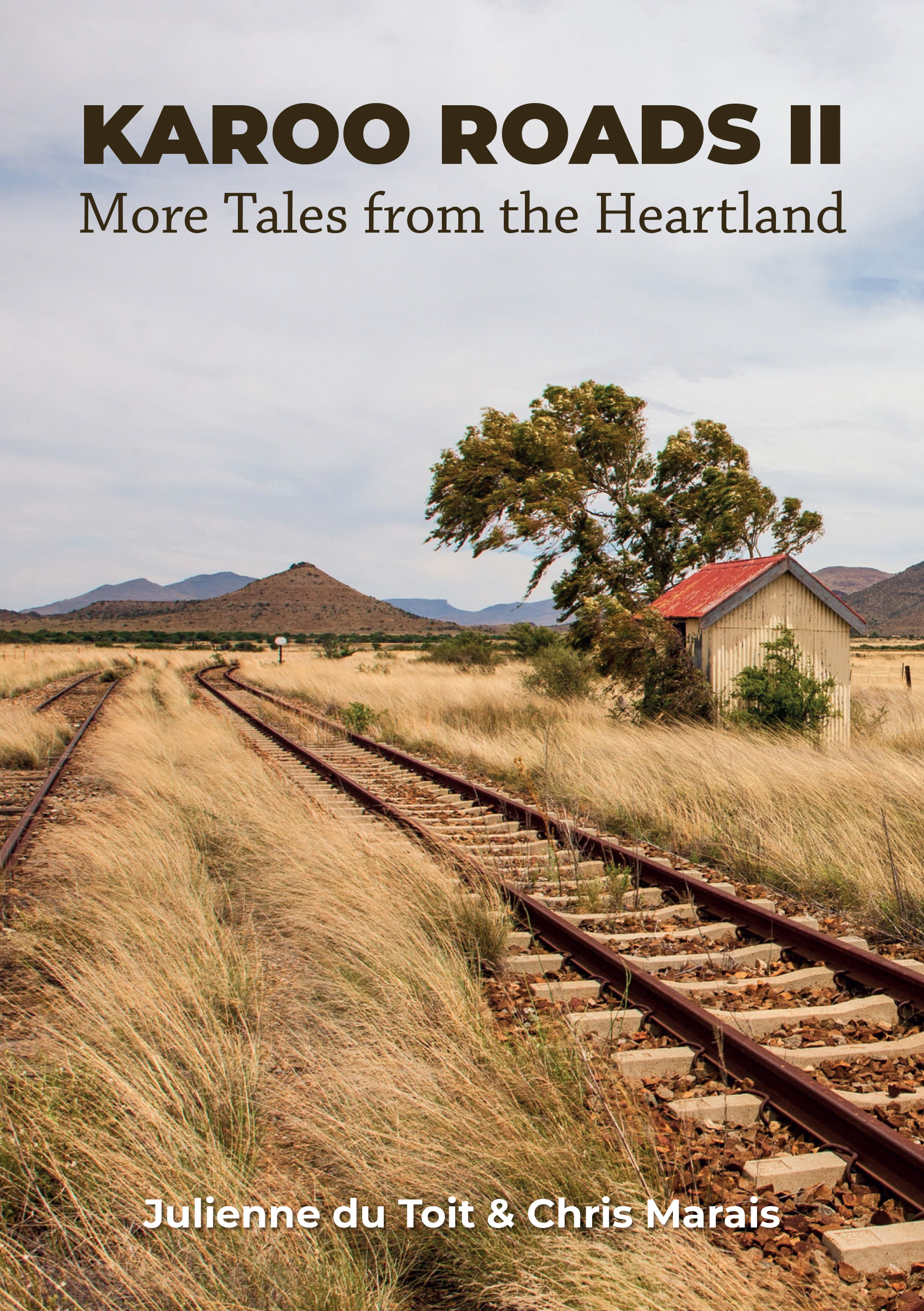




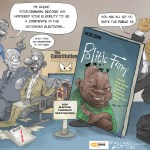









 Become an Insider
Become an Insider
Looks just wonderful! Thanks Chris, Julienne
Great B&W pics.